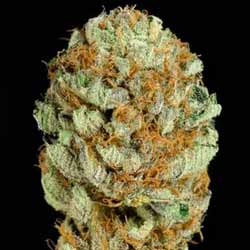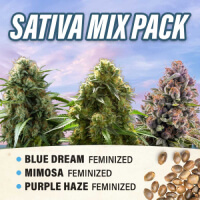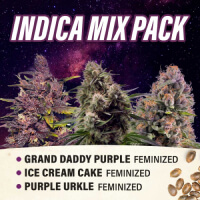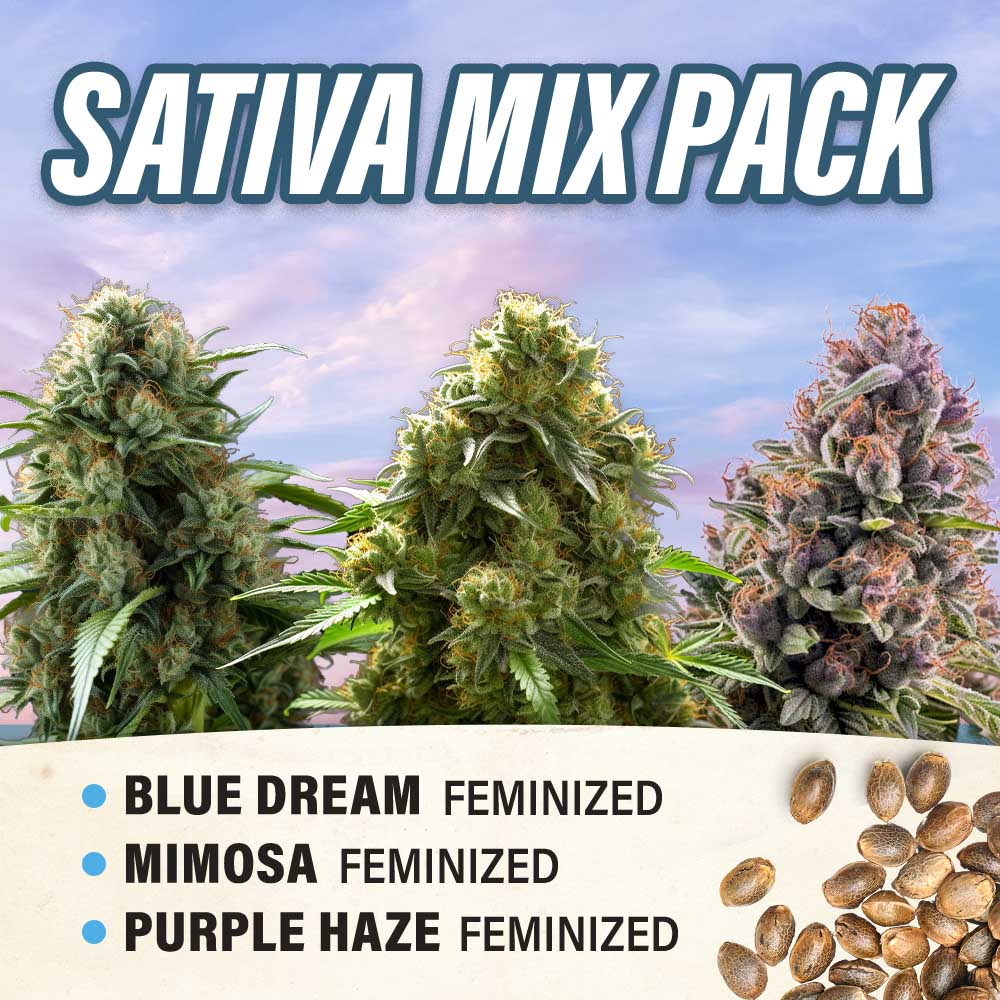Topped Plant Vs Non Topped Cannabis: 13 Key Differences
When you’re growing cannabis, understanding the impact of plant training techniques like topping can make a significant difference in your results. One of the most common comparisons made by cannabis growers is between a topped plant vs non topped cannabis.
Topping is a popular method used to control plant height, encourage bushier growth, and increase yield—but it’s not without its pros and cons. In this article, we’ll examine the key differences between topped and non-topped cannabis plants, helping you decide whether topping is the right approach for your grow.
Disclaimer:
This article is intended for educational purposes only. It does not promote, endorse, or encourage the cultivation, use, or distribution of cannabis where it is illegal. Always research and comply with your local laws and regulations regarding cannabis cultivation and use.
Table of Contents
What is Cannabis Plant Topping?
Topping is a plant training technique used by cannabis growers to manipulate the natural growth pattern of the cannabis plant. It involves cutting off the top part of the plant—specifically the main central stem—at an early stage of vegetative growth.
By removing the apical dominance (the upward growth of the main stem), topping encourages the plant to grow multiple new main colas instead of a single central one. This results in a bushier plant structure, allowing for more even light penetration throughout the plant, which can ultimately increase yield.
Topping is typically done when the plant has developed around 4–6 nodes and is healthy enough to handle the stress of topping.
Topped Vs Non-Topped Cannabis Plants
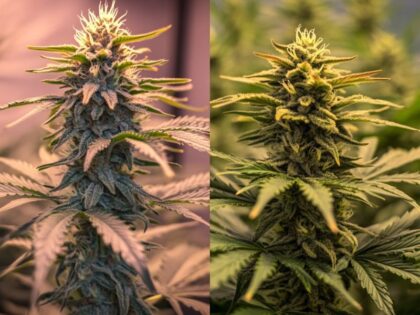
|
Aspect |
Topped Cannabis Plants |
Non-Topped Cannabis Plants |
| Growth Structure | Bushier, lateral branching encouraged | Tall, single main cola dominant |
| Main Cola Development | Multiple main colas develop after topping | Single dominant cola |
| Plant Height | Shorter and more compact, easier to manage | Taller and potentially harder to control, especially indoors |
| Light Penetration | Improved light distribution across the plant | Light mostly concentrates on the top, lower branches receive less |
| Yield Potential | Often higher due to more bud sites and better light exposure | Typically lower yield per plant due to limited top growth |
| Stress Factor | Topping can induce stress; plants need recovery time | No training stress; grows naturally |
| Recovery Time | Requires time for the plant to recover and redirect energy | No recovery time needed |
| Control Over Growth | Greater control over plant structure and canopy shape | Less control, may lead to uneven or stretched growth |
| Training Complexity | Requires knowledge, timing, and follow-up care | Minimal training, more beginner-friendly |
| Use in Outdoor Cultivation | Often used to control plant height and encourage sturdier structure | Suitable for areas where vertical space is not a concern |
| Plant Health Management | May improve airflow and reduce risk of mold with bushier structure | Denser top may trap moisture and reduce airflow |
| Suitability for Grow Goals | Ideal for maximizing overall yield and canopy management | Suitable for quick, low-maintenance grows |
| Compared to Counterparts | Topped plants often produce better lateral development and yield compared to non-topped counterparts | Non-topped plants may grow taller but not always more productive |
Pros and Cons of Plant Topping
Topping cannabis plants is a common training technique used by many growers to improve structure and yield. However, while it offers notable advantages, it also comes with potential drawbacks depending on your goals and growing environment.
Pros
- Encourages the plant to grow multiple colas, increasing overall yield.
- Leads to a bushier plant, improving light penetration throughout the plant.
- Offers better control over plant height and shape, especially helpful in limited spaces.
- Can result in sturdier stems and a more balanced canopy.
- May enhance airflow across the plant, reducing the risk of mold and pests.
Cons
- Topping can induce stress, requiring time for the plant to recover.
- If done improperly or too late, it can negatively affect plant health and yield.
- Slows down vegetative growth temporarily as the plant redirects energy.
- Increases the need for grower attention and maintenance.
- Not ideal for all strains, particularly some autoflowers that have limited veg time.
Considerations for Plant Topping

Before you decide to top your cannabis plants, it’s essential to weigh several important factors that can influence the success of the topping process and the overall plant health.
Timing of Topping
Topping is typically done during the vegetative stage when the plant has developed at least 4–6 nodes. Topping too early can stress the plant excessively, while topping too late may not give the plant enough time to recover and develop new colas. Proper timing ensures that the plant can bounce back efficiently and redirect its energy toward healthy lateral growth.
Plant Health and Vigor
Only top healthy and vigorously growing cannabis plants. A weak or stressed plant may struggle to recover from the stress of topping, leading to stunted growth or reduced yield. Always ensure the plant has strong roots and is showing signs of active, healthy development before making any cuts.
Strain Type and Genetics
Not all cannabis strains respond equally well to topping. Indica-dominant strains, which tend to grow bushier naturally, often benefit more from topping than tall, narrow sativa strains. Autoflowering plants are generally not ideal candidates for topping due to their short vegetative phase, which limits recovery time.
Growing Environment
Topping is often more advantageous in indoor setups where height control is critical. It allows growers to manage canopy structure and light distribution more efficiently. For outdoor cannabis plants, topping can also be beneficial, but it must be timed to avoid unfavorable weather during the recovery period.
Recovery Time and Maintenance
After topping, plants need time and care to recover. This means adjusting your nutrient schedule, monitoring light exposure, and potentially adding support as the plant develops more branching. Topped plants may also require additional training to maintain an even canopy and optimize yield.
Final Thoughts
Choosing whether or not to top your cannabis plants depends on your growing goals, environment, and the specific strain you’re cultivating. While topped plants often produce a bushier structure and potentially higher yield, they also require more care and recovery time.
On the other hand, non-topped plants grow more naturally with less maintenance but may not reach their full yield potential. Understanding the key differences between topped and non-topped cannabis plants helps you make an informed decision that supports healthier plants and a more successful harvest.
Frequently Asked Questions
Can I top my cannabis plant more than once?
Yes, cannabis plants can be topped multiple times during the vegetative stage. Each topping promotes more branching, but the plant needs time to recover between sessions to avoid stunted growth.
What tools should I use to top my cannabis plant?
Use clean, sharp scissors or pruning shears. Sterilizing tools before cutting helps prevent infection and ensures a cleaner cut for faster recovery.
Does topping affect the flowering time?
Topping doesn’t change the plant’s flowering genetics, but it may delay the switch to flowering slightly as the plant needs time to recover and redirect growth.
Is topping suitable for hydroponic cannabis grows?
Yes, topping works well in hydroponic systems where recovery is often faster due to optimized nutrient uptake and controlled growing conditions.
What are some signs that topping was successful?
You’ll see two new shoots forming where the cut was made, and the plant will resume healthy growth with a bushier structure in a few days.
Related Posts
Drying Cannabis: 7 Expert Steps for Maximum Quality
How to Find the Best Feminized Seeds: 7 Top Qualities
The Top 5 Reputable Seed Banks in the USA for Cannabis Cultivators
CATEGORIES
Best Selling Seeds

